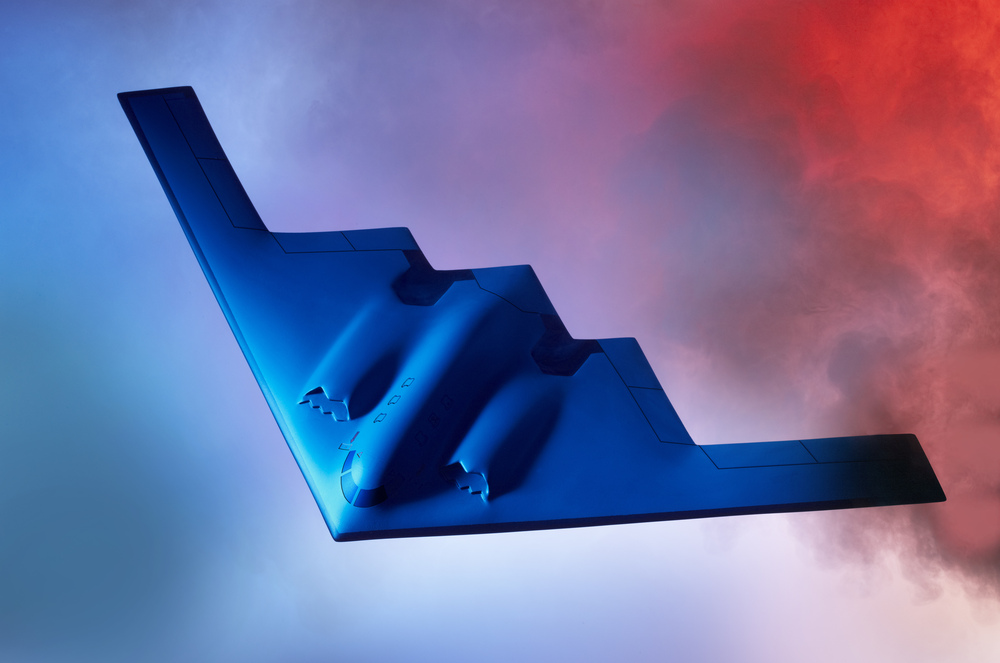An international team of scientists from NUST MISIS, Scientific and Technological Center of Unique Instrumentation of the Russian Academy of Sciences and the Polytechnic University of Turin (Italy) have developed an “invisibility theory”: principles that will allow objects to pass radar signals through, without “giving out” the location. At the same time, due to the reduction in the amount of material for stealth coating, the cost of such disguise will be significantly lower. An article on the development is published in Optics Express.
When detecting an object using radar, a wave signal is being sent to it, and the location of the object is being determined based on the reflected wave. Modern stealth technologies methods are aimed at ensuring that the wave reflected from the object is absorbed by the stealth coating, minimizing the response to the radar. However, the coating alone is not capable of reducing this response to zero due to a combination of factors: surface geometry, high speed of movement, progressive highly sensitive location methods, and the inefficiency of stealth coating absorption.
An international team of scientists from NUST MISIS and the Polytechnic University of Turin (Italy), in the framework of cooperation on the ANASTASIA project, have proposed a fundamentally new version of stealth coating, which will allow the radar signal directed to the object not to be reflected, not absorbed, but simply to pass through, as if there is no object at all. This method of disguise is based not on creating a stealth coating, but on changing the configuration of the entire system of the object.
“The stealth coating used today is far from being perfect. Such a coating is expensive, and for more efficient operation it needs the most even surface. As a result, in airplanes, for example, you have to sacrifice the aerodynamic characteristics of the device. At the same time, the absorbed signal still creates a ‘shadow’, i.e. a small response that can be detected by more advanced location systems. The task of our team was to ‘teach’ the objects not to reflect the signal, but to let it pass through thanks to the excitation of the special state of electromagnetic fields,” comments Alexey Basharin, project leader from NUST MISIS.
According to the developed theory, the electric moment excited in the system when the radar signal hits it is compensated by the toroidal moment. This effect can be achieved by the use of a metamaterial, i.e. a material with an artificially created periodic structure. However, there are also other dipole moments that arise both in the object to be hidden and in the coating. And it was not entirely clear how to hide such systems.
“The invisibility of the object was predicted by the Devaney-Wolfe theorems. We, in turn, have developed this idea for dipole moments, which form the response of a stealth object like bricks, and have developed a generalized invisibility theorem for them and have turned it into a mathematical model,” adds Alexey Basharin.
It is noteworthy that the technology can be applied to objects of any size: not only for large military equipment but also for micro- and nanoscale electronics. In the future, the team plans to expand the model to compensate not only for the electric moment but also for the magnetic one. This will be relevant, for example, to stabilize quantum dots in open resonators.




